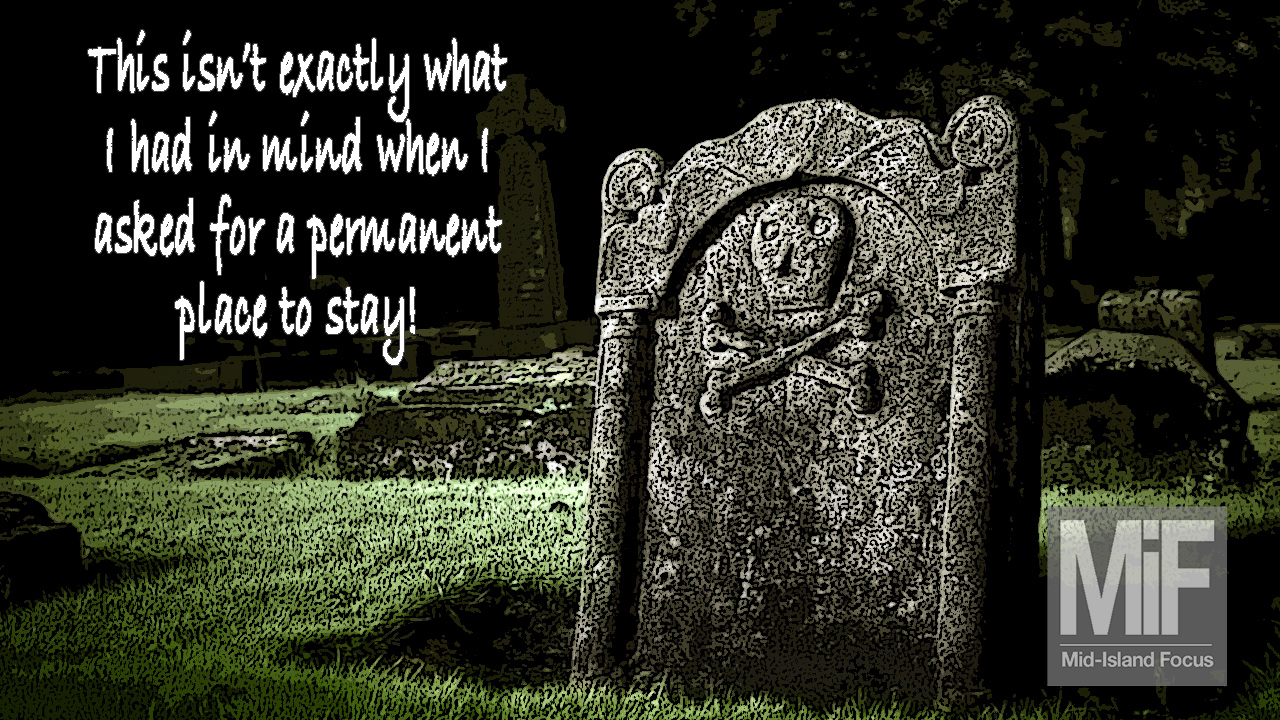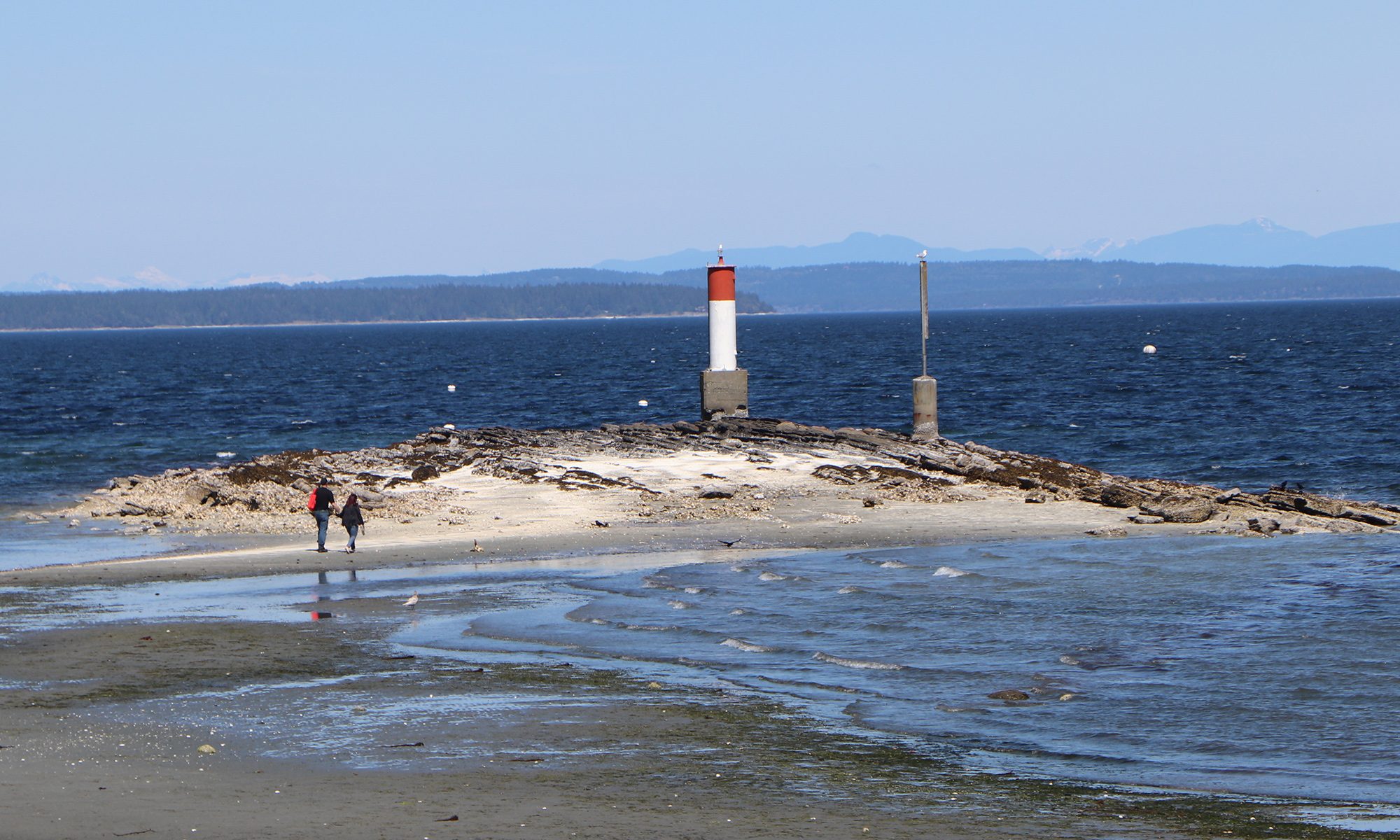
Citizen X is Mid-Island Focus’s survey of issues heading into the Oct. 21 Canadian Federal Election. MiF is providing background and asking questions a typical voter might ask.
Homelessness and poverty are issues that gnaw away at the public conscience. So I have to ask: Are there countries that take necessary steps to ensure no-one is forced to live on the streets, and families have enough to feed, clothe and educate their children?

A quick check reveals that Canada might be doing better than most – including the world’s affluent nations – when it comes to preventing homelessness. According to a 2015 Habitat for Humanity listing, Canada had a homeless ratio of .09% in 2013. The United States was higher on the spectrum, with a ratio of .17% in 2017. Even countries we tend to think of as socially progressive, like Sweden and Denmark had more homelessness per capita than Canada in the Habitat survey.
Is better good enough, though? According to the Homelessness Hub, a 2016 State of Homelessness in Canada report estimated that 235,000 Canadians experience homelessness in a given year – and that figure might be lowball, because many ‘unhoused’ people couch surf, and don’t show up in the official count.
Be sure to check out the Myths & Questions about homelessness link to get a quick grasp of who the homeless are. In short they are not a bunch of shiftless, lazy, drug addicted misfits; they are simply people without a secure place to live.
Poverty was a reality for one in seven Canadians, that’s 4.9 million people according to Canada Without Poverty. But to understand who’s affected, you have to break down that raw statistic:
- 1.3 million children live in poverty, that’s one in five;
- People with mental or physical disabilities are twice as likely to live in poverty;
- 21% of single mothers raise their children in poverty;
- Indigenous people – 4.9% of the population – represent 29 to 34% of shelter users in Canada; 40% of indigenous children in Canada live in poverty
- About 20% of ‘racialized families’ live in poverty, compared to a national ratio of 1 in 20.
It seems obvious to say that income distribution is a key factor when it comes to homelessness and poverty. What needs to be highlighted, however, is that overall wealth is increasing in Canada; but the rich are getting vastly richer while the poor are getting desperately poorer.
In 2012, according to a video produced by the Broadbent Institute, the richest 20% of Canadians owned nearly 70% of the nation’s wealth; wealth of the poorest 20% ‘barely registers’ on the Institute’s chart, at less than 1%; the bottom 50% of Canadians owned less than 6% of the country’s wealth.
“Canada is now a place where the richest 86 families own more than the bottom 11 million people combined,” concludes the video.
So with that information in front of us, Citizen X would like to know:
- What would your party’s strategy be with regard to homelessness and poverty, if you formed government?
- Do you believe the widening income gap is contributing to poverty and homelessness in Canada?
- If so, what measures would you take to restore healthy income balance?

